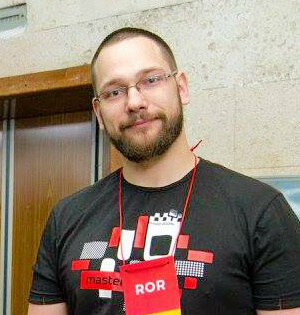Our Ruby developers put their collective brains together to come up with the best resources to help you become a better Ruby developer.
Table of Contents
Recommended Websites and Blogs for Ruby Developers
Good ol’ Google Honestly, if we need to figure out a coding problem, this is one of our first stops. Google knows what geeks want.
Stack Overflow There are people who think Stack Overflow makes hackers lazy, but we think it just makes us code faster and smarter.
Rails Searchable API Doc This searchable API docs saves us time by finding functions, classes and files for us (exact match is unnecessary). Smart match is awesome. The keyboard shortcuts save time, and those seconds add up fast.
RailsCasts Tons of screencasts with tips and tricks to dominate Ruby on Rails. The videos are short and informative, with a focus on applying it to the project you’re working on. Perfect for intermediate Rails developers, but still helpful for beginners and experts, too.
RailsGuides Be immediately productive on Rails, and understand how all the pieces fit together.
Ain.ua (Ukrainian) Ukrainian-focused site that keeps us in-the-know about the latest tech news.
Recommended Books for Ruby Devs
Eloquent Ruby by Russ Olsen There’s a Ruby way of thinking and problem-solving. This book will help you get there.
Programming Ruby by Dave Thomas The reference manual for Ruby.
Agile Web Development with Rails by Sam Ruby Recommended by the Rails core team, and by us.
The Rails 3 Way by Obie Fernandez Teaches the ins and outs of Rails 3.
The Ruby Way: Solutions and Techniques in Ruby Programming by Hal Fulton A super “how-to” book with more than 400 examples arranged by topic. Super helpful.
Ruby on Rails Tutorial: Learn Web Development with Rails by Michael Harti The best part is it guides you through the whole web development cycle from beginning to end. It’s the perfect book to lead you to true Rails mastery.
Stay in Touch
Like you, we’re always pursuing mastery of our craft. To get future resource recommendations and other helpful content, like us on Facebook. Also, If you’re curious how we can partner with you to help make your app idea reality, contact us and let’s talk business.
Master of Code designs, builds, and launches exceptional mobile, web, and conversational experiences.






